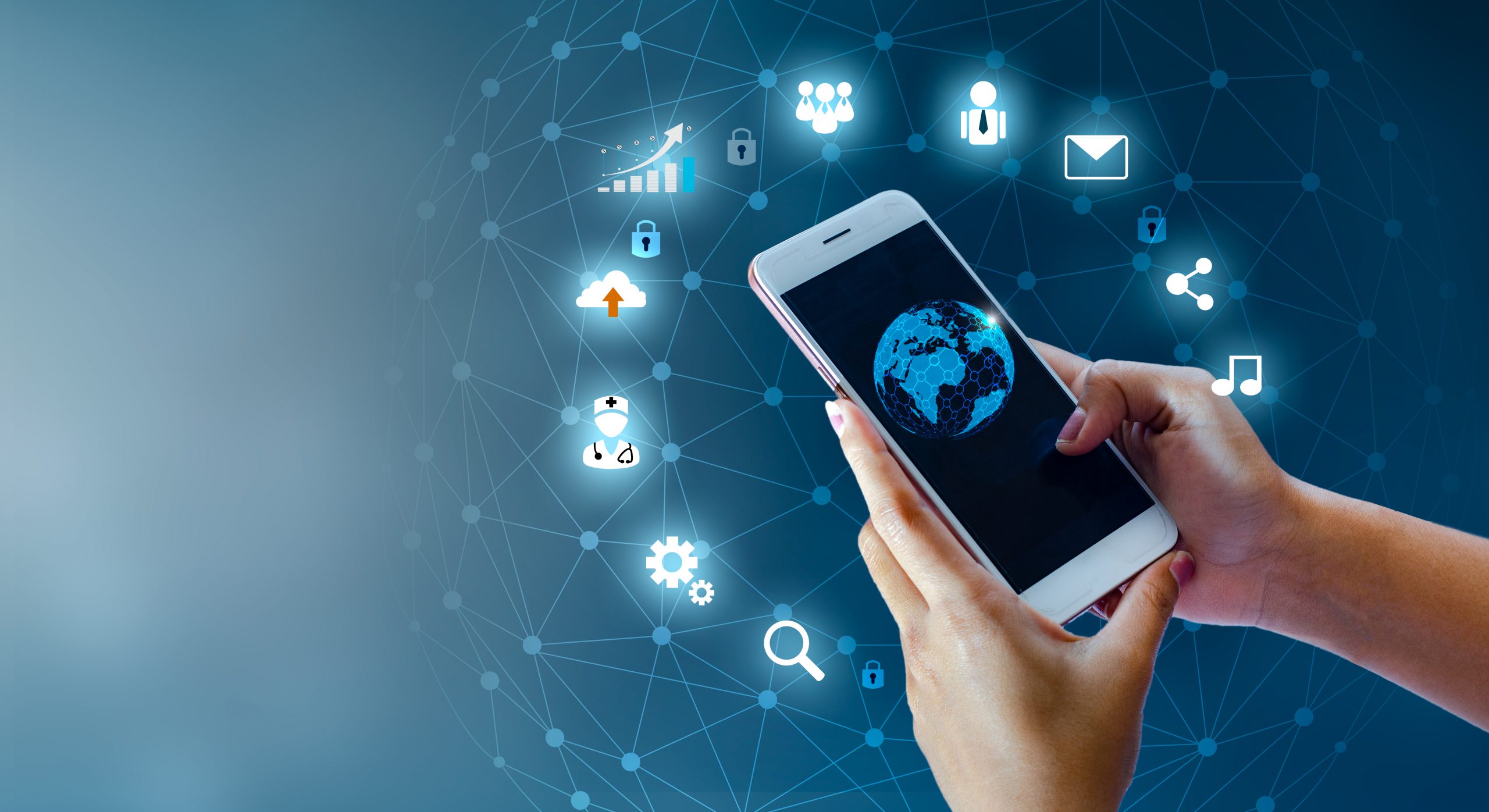A Mobile Convenient Business Model
To keep ahead of your competition you have to stand out by doing something completely new or radically different to the norm. While we usually can’t reinvent the wheel, you can always find new ways to improve on the design of something that already exists and bring it into a new field. One of the business model trends which has become increasingly dominant with the rise of technology is the two-sided market, which has proven highly versatile for adaptation to mobile technology.
New two-sided market opportunities remain viable for the right app development projects, hidden away in a variety of industries where automation of key processes remains an unsolved puzzle waiting for the right entrepreneur to fit the piece. Industries such as music, sport, health and fitness, education, and more have seen new interest in recent years, and there are still many more that remain untested. Plenty of opportunities exist to create the next game-changing app – they’re just waiting for you to find them.
A few recent modern examples of two-sided markets that have come about with the rise of the technology include Paypal, Amazon, Airbnb, Uber, Facebook, Netflix, and video game consoles. As you can see, this list provides a pretty wide range of ways to implement what may seem at the surface to be a basic system of connecting suppliers and buyers.
For those that aren’t familiar with the name, a “two-sided market” or “multi-sided market” is a market that connects service providers (and occasionally brands) and service users by functioning as an intermediary service that allows them to meet.
We can explain this using our from our list earlier:
- Paypal connects a payment provider with recipients
- Amazon connects vendors with buyers
- Airbnb connects tenants and renters
- Facebook connects brands or advertisers and social networks
- Netflix connects media entertainment companies and viewers
- Video game consoles connect developers and gamers
Although two-sided markets have long existed, the transactions were often facilitated by a person – a literal “middle man” rather than an automated system – who would receive a portion of the transaction payment in exchange for enabling the transaction to occur. A basic setup for this type of service is to connect buyers (market 1) with vendors (market 2), and the service positions itself as a pathway to make the experience easier for both of these groups.
The reason these two-sided market services work so well is that they have several benefits. Technology has allowed this system to be completely automated which means:
- reduction to the overall cost of the transaction for both the vendor and consumer
- transactions are made simpler, faster, and more efficient
- scalability of services
- a reliable and trustworthy third party serving as the intermediary – or middleman – provides an additional layer of security for both vendor and consumer
- when done right, the monetization model is usually unobtrusive and palatable for everyone
When planning your next app idea, rather than fighting the competition you may be able to turn them into a client by taking your idea to the next level.
About the author:
PixelForce is one of the leading app development agencies in Australia. We don’t just build great apps. We build successful businesses. If you’ve got a great idea, then feel free to get in touch and see how we can help you turn your vision into a reality.


